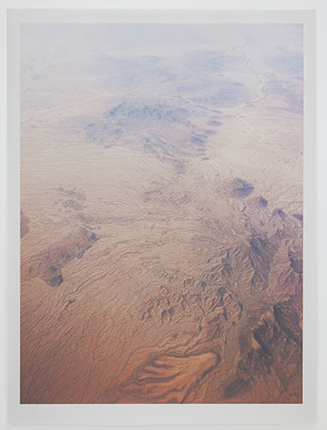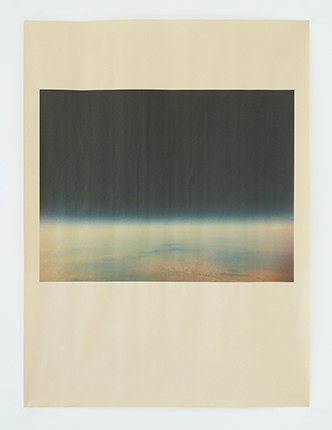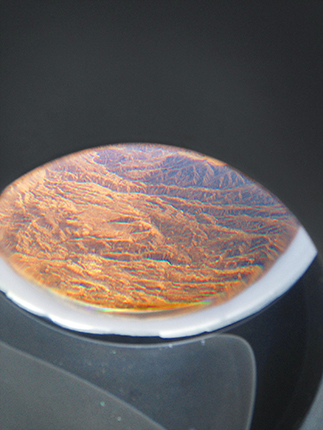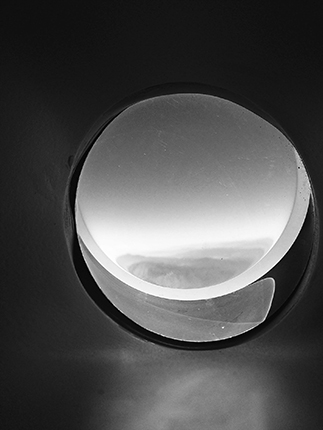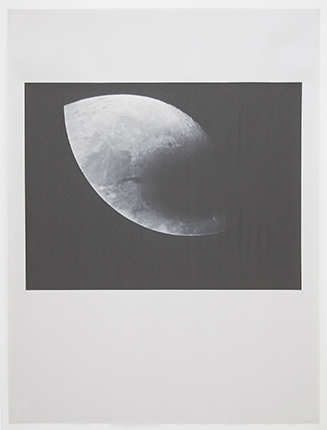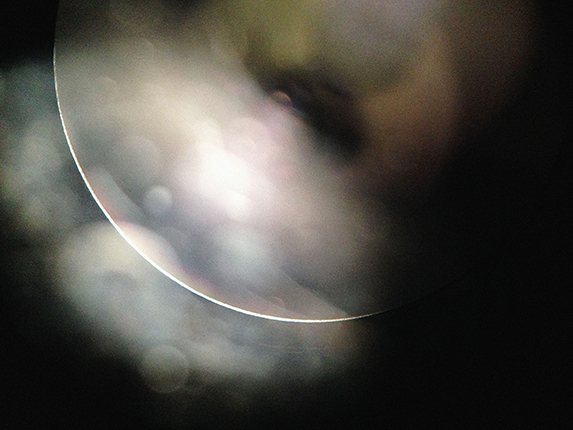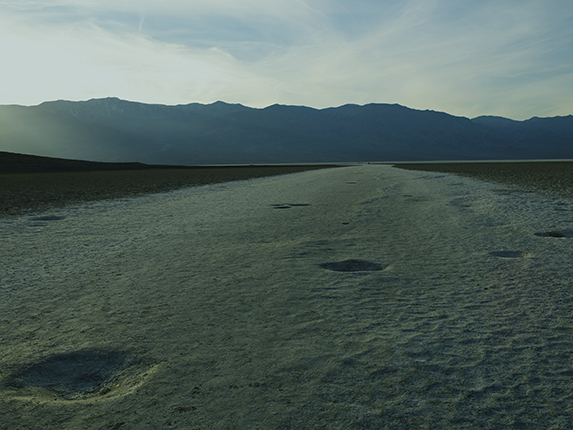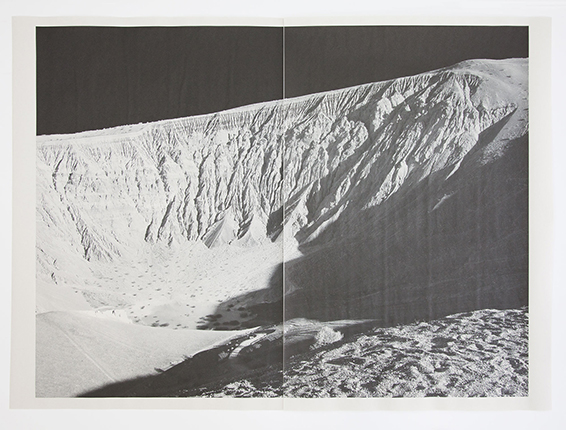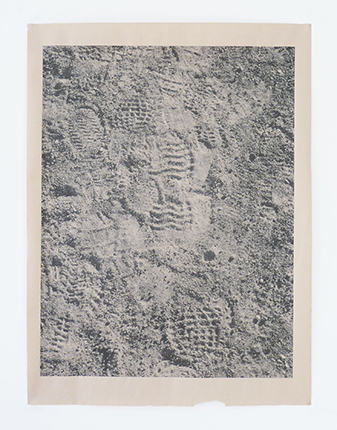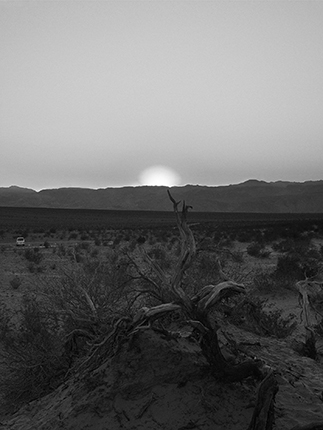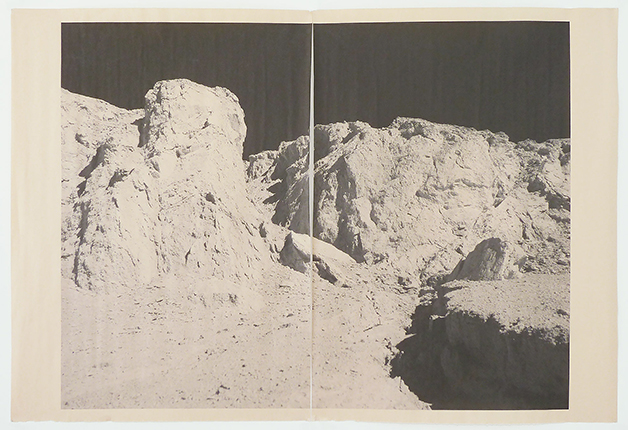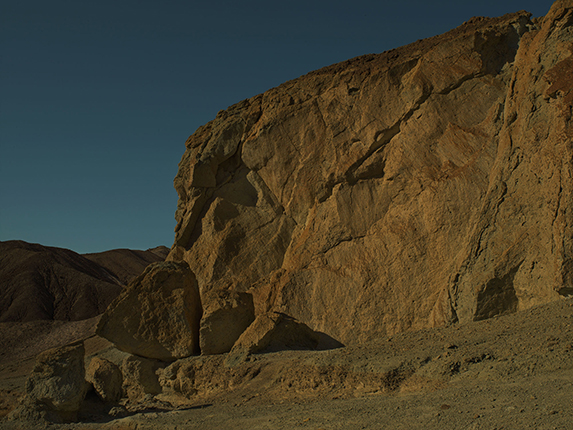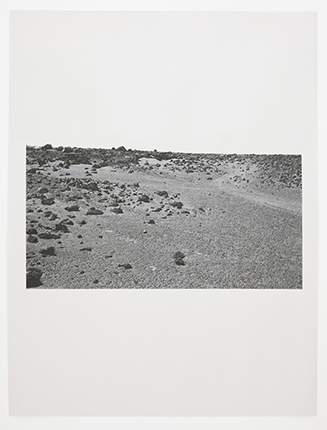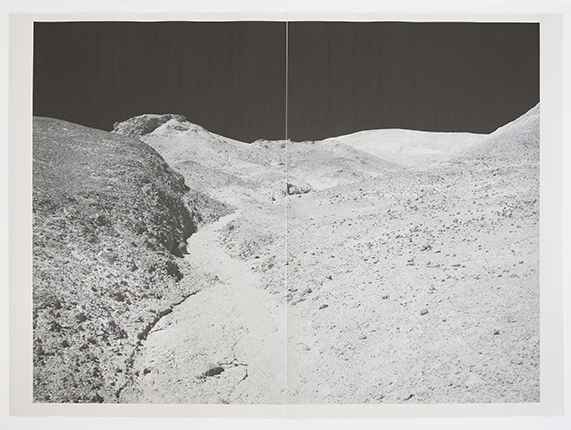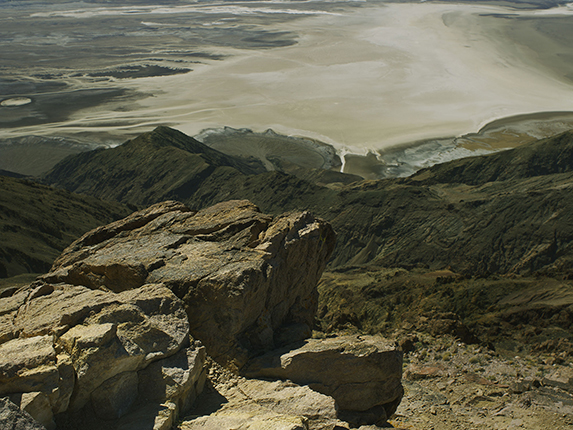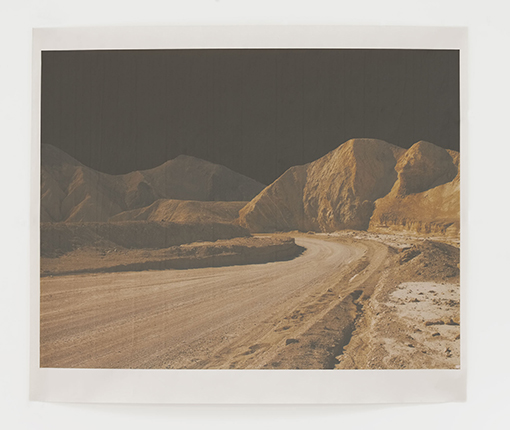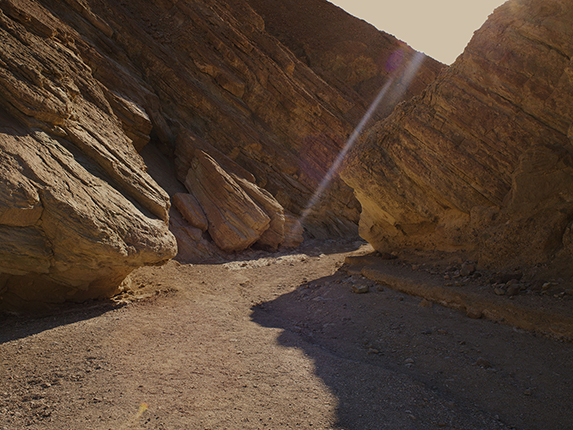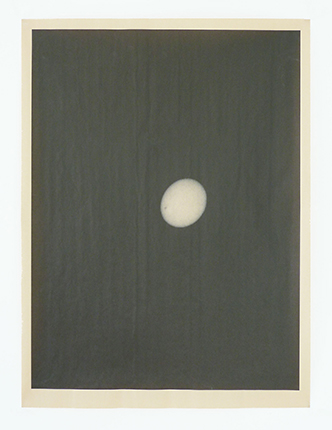I. A sweeping generalization: I am deeply interested in the way images operate.
II. Things I have been thinking about: the golden era of NASA’s Apollo program, the saved newspaper as artifact, John Ford’s use of day-for-night in classic westerns like The Searchers (1956), 19th century Survey photography of the American West, and the 1977 Mars landing hoax conspiracy film (and OJ Simpson vehicle) Capricorn One.
III. Living and working in the shadow of Hollywood has made me acutely aware of the cinematic use of landscape as “location.” In filmmaking, the idea of place is fluid— one place often acts as a facsimile for another. In David Lean’s epic Lawrence of Arabia (1962), for example, Spain posed as both Cairo and Jerusalem, while the famous Aqaba scene was built out of a nearby dry riverbed. In Robert Altman’s classic MASH (1970), a state park in Malibu, California, USA portrayed 1950’s Korea.
IV. At this point in history, our common experience is mediated by the way in which the material world has been previously filmed or photographed. I go to Death Valley and realize that it “looks like” Mars… or
the Moon…or a scene from Star Wars. Captains of the Dead Sea investigates this role of filmed landscape in terms of story and place (or conversely, placelessness), and the continuum between documentary and fictional narrative.
V. Newsprint features prominently in the project, as newspapers (along with television) were a major media through which we first experienced images from space. Front pages were routinely saved as artifacts, as proof that “this happened on this day.” The inadequacies of these artifacts– fading or yellowing over time, with imperfections inherent to the industrial printing process and systems of mass physical distribution— is compelling, especially in a contemporary context in which imagery is everywhere but ephemeral, disposable, and proves nothing.


